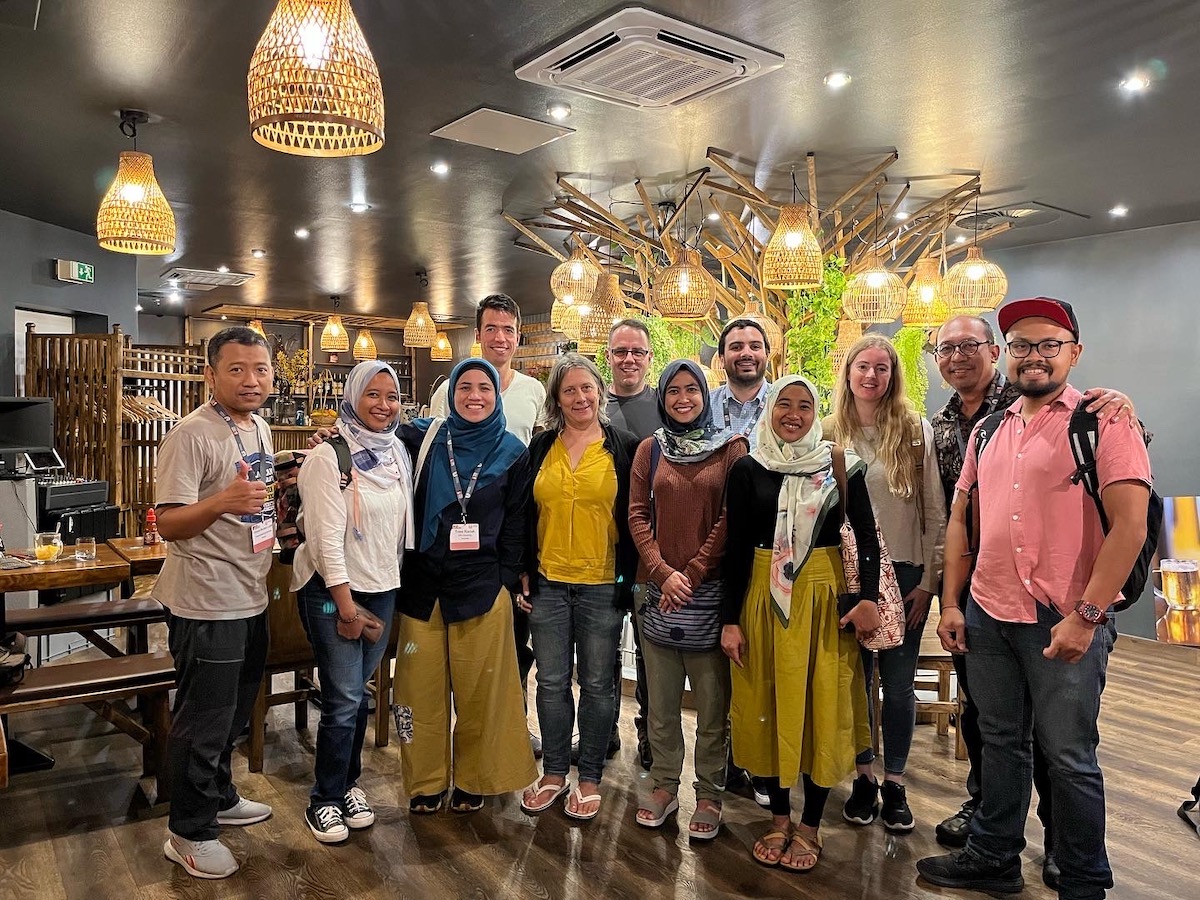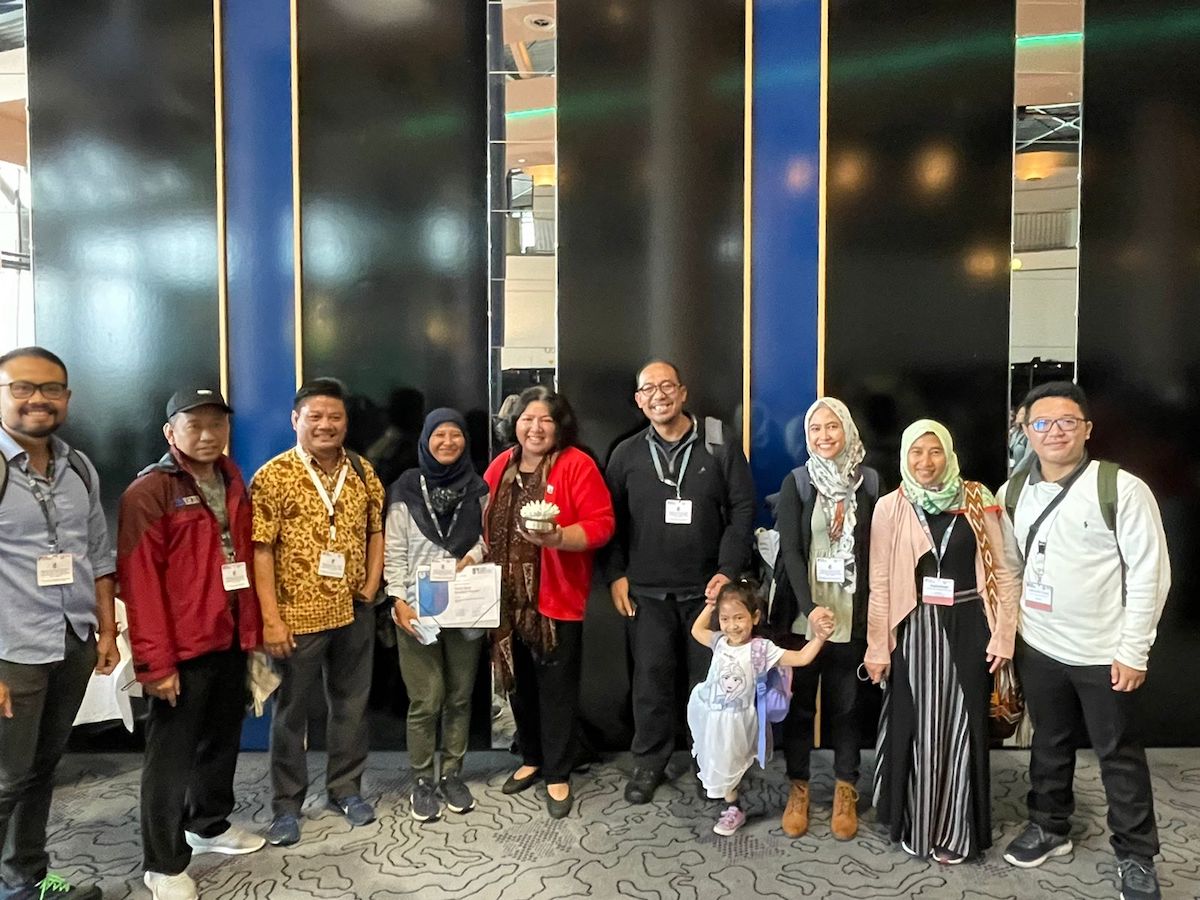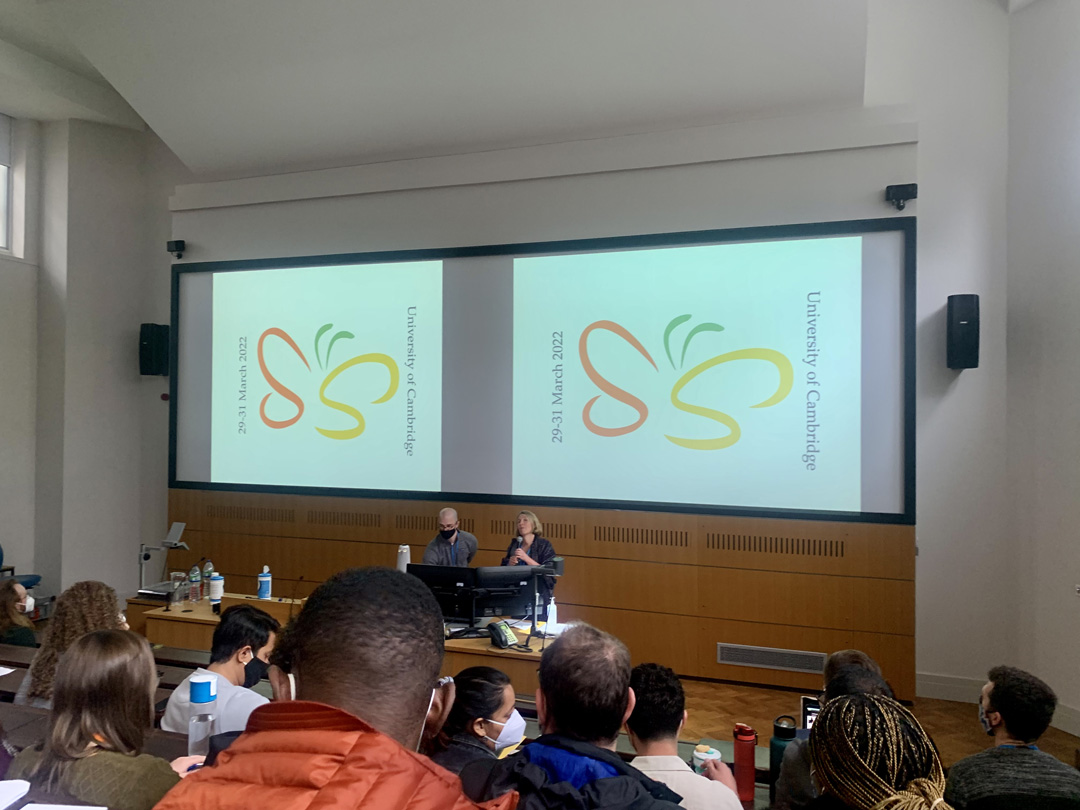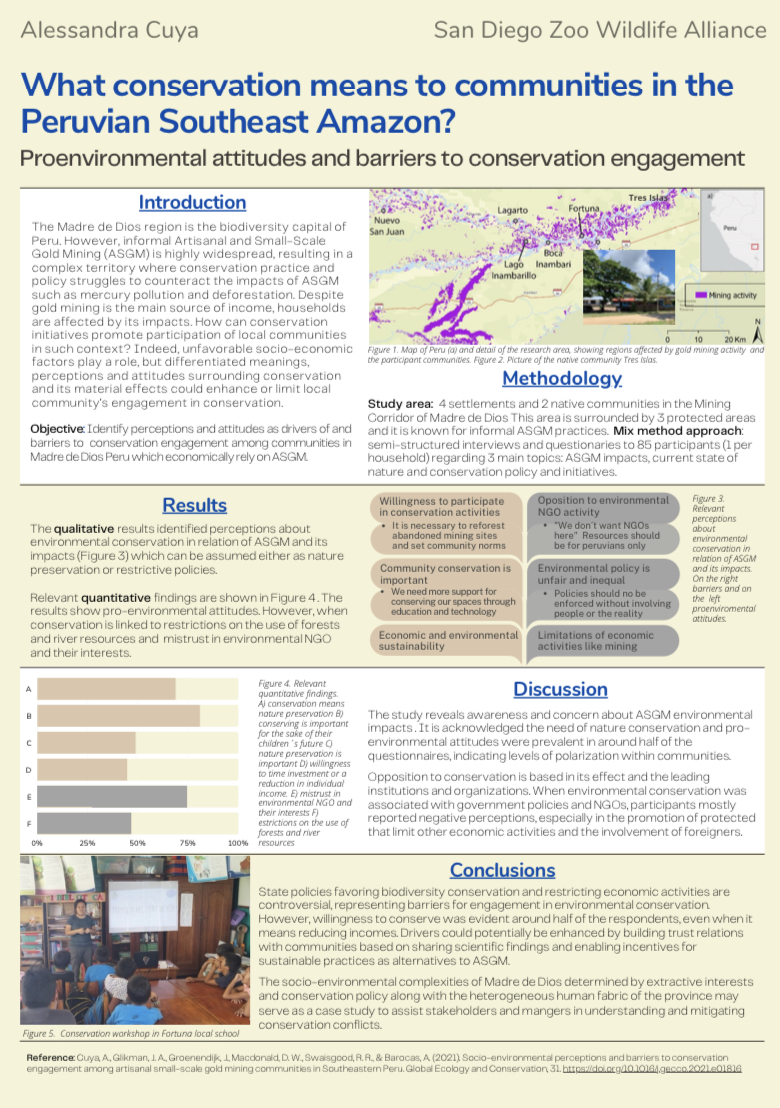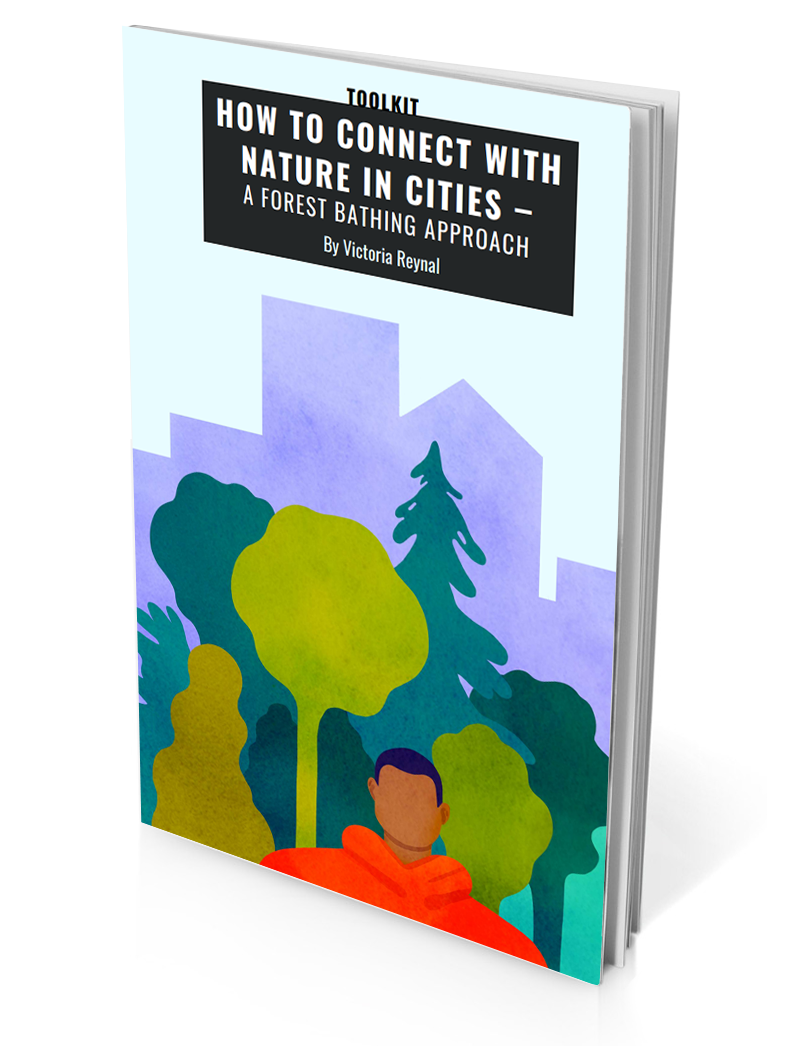Students
Student Blog
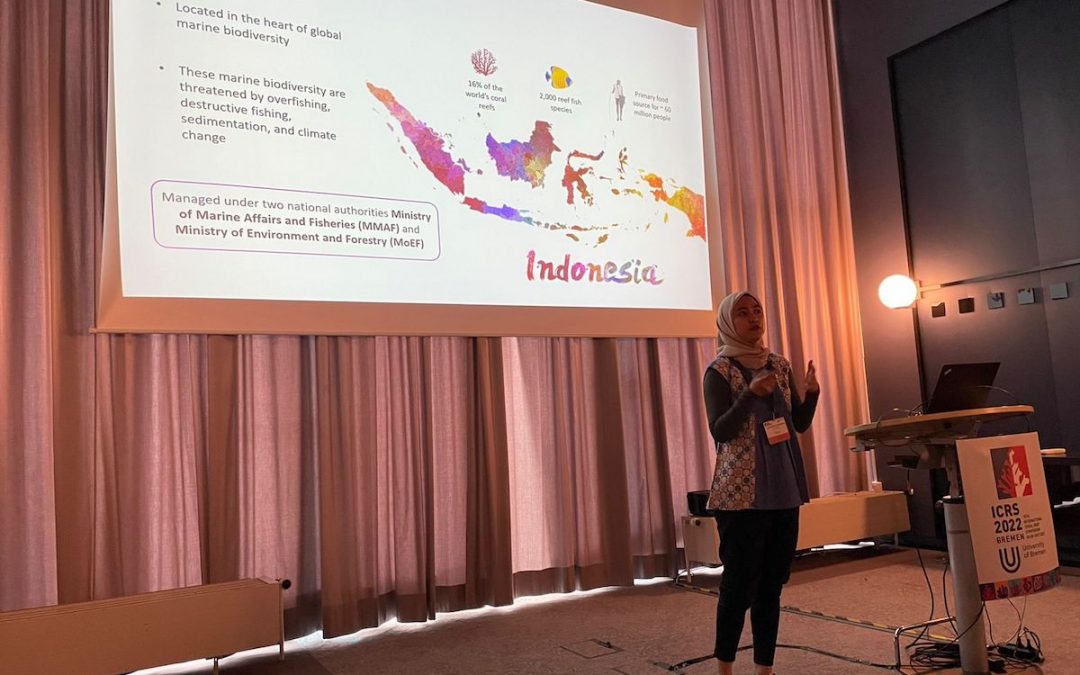
The unique experience of collaboration in developing a scientific article on marine conservation in Indonesia

Figure 1. The Map of Indonesia
The unique experience of collaboration in developing a scientific article on marine conservation in Indonesia
By Amkieltiela
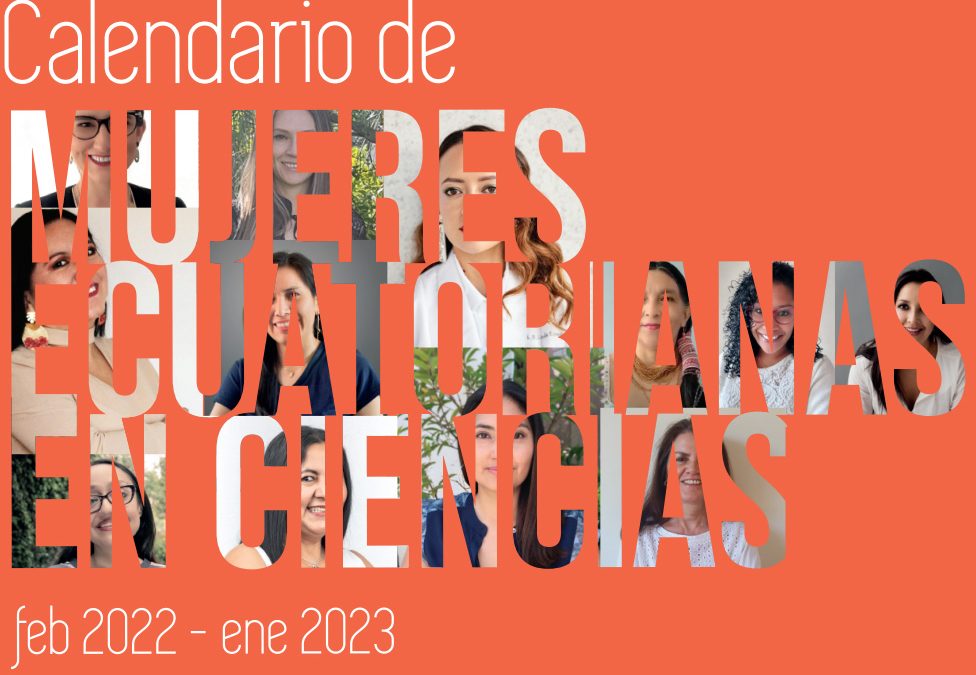
Inside the development of a calendar to increase the visibility of women doing Science in Ecuador

Digital Illustration by Andrea Chávez.
Inside the development of a calendar to increase the visibility of women doing Science in Ecuador
By Andrea Chávez 2022
Innovation, science, and technology (IST) are expected to have a big impact on the success of the Sustainable Development Agenda. Nonetheless, countries are not utilizing their maximum potential when girls and women are excluded from the narrative of IST. According to UNESCO, less than 30% of the world’s researchers are women, and the Global South representatives continue to lag in the representation in Academia, enhancing inequities between North and South. The relevance of integrating women in science has also been recognized by the United Nations (ONU) when the 11th of February was stated as the International Day for Women and Girls in Science. This was motivation enough to take a step further and engage with a project working along with scientists in my home country, Ecuador.
One of the most conveyed ways to increase women’s participation in science is through communication and visibility. These efforts might help counter the stereotypes associated with career election and success in certain areas. Similarly, information campaigns through mass media are an opportunity to revitalize gender equality as an issue of public and political debate. Making women’s contributions visible is one of the main targets to work to close the genre gap in Academia, according to the Structural Transformation to Achieve Gender Equality in Science Guidelines. Under this premise, the idea to develop a calendar designed to be acquired online for everyone interested in supporting women in science and scientific communication initiatives emerged.
As an advocate of science, women’s representation, and sustainability issues I found here an opportunity to work on my portfolio development. I wanted to use my artistic skills to launch a calendar that helps increase the visibility of the Ecuadorian community of women doing science integration. To achieve my goal, first, I thought about developing a calendar with 12 representatives across Latin America. However, later I reflected and decided that a calendar should be focused on the representatives of my country, Ecuador. However, the task was challenging, and therefore first, I communicate with a friend working on a digital communication journal (Microbios) and we started a collaboration to the Red Ecuatoriana de Mujeres en Ciencia (REMCI). This organization is formed by leading scientists and activists in my country, who continuously launch campaigns to promote science and are role models for young scientists. Working together, we completed the task of selecting 12 profiles and include them in the calendar. As a goal, I defined that the calendar should aim for inclusivity, therefore, when defining the profiles, the inclusion of minorities and outside the capital gained priority. Given the time we started with the project – November – the task had to take place in a time record. Specially, because the illustrations could take more time than thought, and as well the design was in my hands. However, along with studying, drawing, and learning about leading scientists in my country could not be more than enriching.
We launched the calendar on February 10th, and I could not be more thankful with the outreach. First, the REMCI was so pleased with the final product, that they decided to launch an event just for it, working along with my partner at Microbios. As well, this was the first initiative of this type in my country and set a precedent, that even local media got interested. We have assessed the interaction and engagement of the product to evaluate the outreach, and we are discussing what we can improve for next year. Overall, the experience itself was an interesting display on how an idea, a creative mind and the support of a team could create a small product, made with a lot of effort, did start a discussion about the women doing science and introduce civil society to academia. However, as a side note, we also invited to the reflection that genre equality is not a simple product that needs advertisement, but a complex system embedded in our professional and personal life that requires further development and efforts to be achieved.
The product only counts with a Spanish version, however, for those interested, the calendar can be downloaded for free here:
https://microbiosdigital.com/calendario2022/
Calendar cover page.
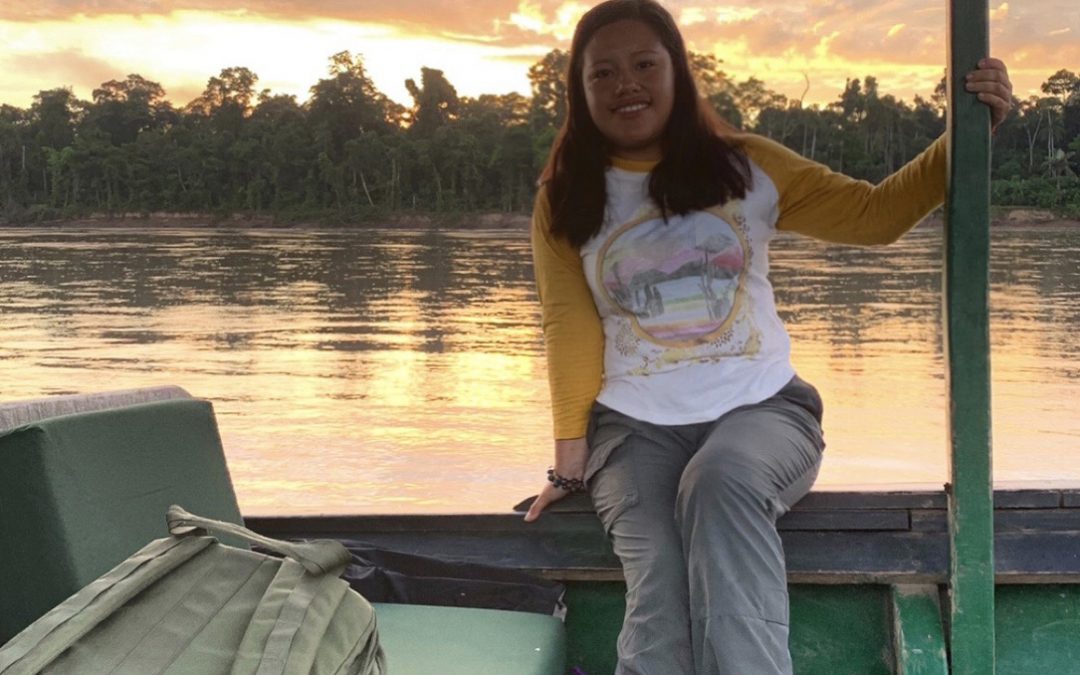
The Student Conference in Conservation Science, 2022
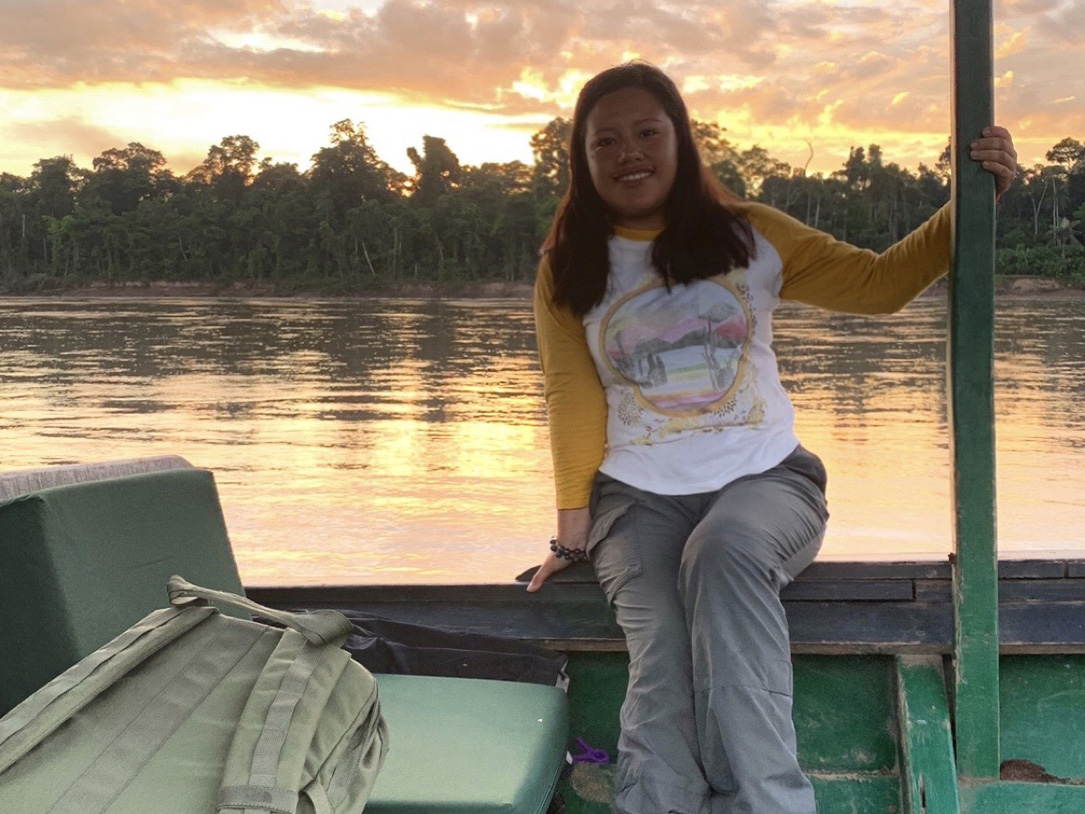
The Student Conference in Conservation Science, 2022
By Alessandra Cuya
For 3 years, I have been involved in the Giant Otter Conservation Program in the Madre de Dios River Basin. The region is often referred to as the Biodiversity Capital of Peru; however, it is an informal and illegal gold mining hotspot. In 2019 we aimed to comprehend the complex relationships between conservation practice and policy and the mining communities. As one of the outcomes, we developed the article Socio-environmental perceptions and barriers to conservation engagement among artisanal small-scale gold mining communities in Southeastern Peru which was published last year. A few months after, the call for applications for the 2022 Student Conference in Conservation Science (SCCS) in Cambridge was released. I applied and got selected to present a poster that summarizes the main findings of the paper.
The poster based on the above paper is centered in what people think about conservation and in what conditions would they engage in such initiatives. Our main finding shows that conservation locally can have different meanings apart from nature protection. Despite the recognition that conservation practices are needed to face mining impacts within the community, support for conservation diminishes when it is related to fencing, entrance prohibition, and profit-seeking nature activities only accessed by foreigners. These perceptions suggest that communities near protected areas were and are excluded from the governance process regarding conservation in the region.
During March 28-29, just before the Living Lab, I participated in engaging events that aimed to connect and build the capacity of students across the world by offering talks, workshops, and poster sessions. This year the conference was hybrid with more than 300 international delegates online and at Cambridge University. The poster presentations were events online that included presence in-person discussions with delegates at the venue. This was also my first time as a poster presenter at a conference. The experience was challenging but satisfactory as the attendants to my session were engaged with the topic and shared pieces of advice from their own research experiences. I could reflect afterwards that conservation in the Global South faces numerous challenges to balance nature protection, economic activities, and cultural practices. In my research case, gold mining poses a threat to the socio-ecological system but is the main economic support of the communities in the Madre de Dios basin and the entire region.
The SSCC was a great network and learning experience on different efforts in conservation and the research methodologies implemented by master’s and Ph.D. students to approach conservation problematics around the world. It was noteworthy the interdisciplinarity of the events and cases presented, where social and cultural aspects are often considered key as the ecologic variables to assess the conservation conditions of vulnerable species. Moreover, during the conference, we could participate in different workshops led by experienced professors of the Zoology Faculty of Cambridge to improve our research skills.
Despite reflections about how conservation practices could impact communities were less present, I could highlight a very interesting PhD research regarding the political ecology of conservation by Trishant Simlai. He focusses on the social and cultural impacts in the Corbett Tiger Reserve of surveillance technologies in conservation like camara traps or drones. The decision of methodology to monitor species look harmless however it can disrupt people’s lives, especially when they are active users of the forest. Certainly, enabling further platforms for such research are needed towards accomplishing fair environmental conservation practices. Gladly, the sense of responsibility while researching and the motivation to contribute to conservation policy and action beyond academia was evident in assistants and posters, and lecture presenters.


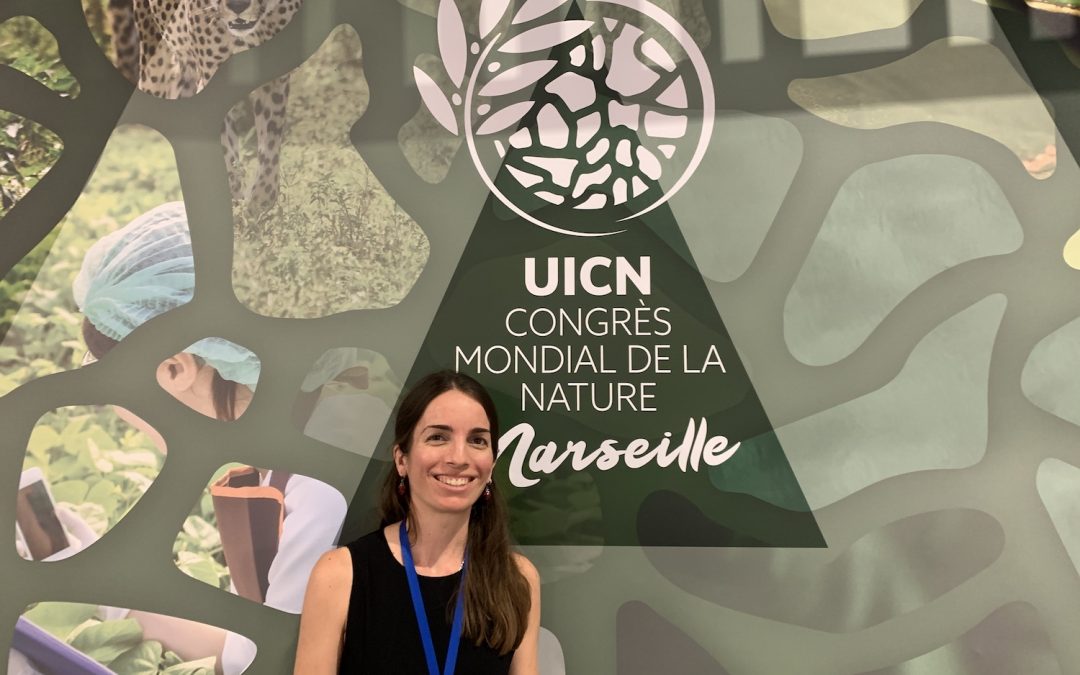
A thesis, an internship and an unexpected world congress: Victoria Reynal’s story
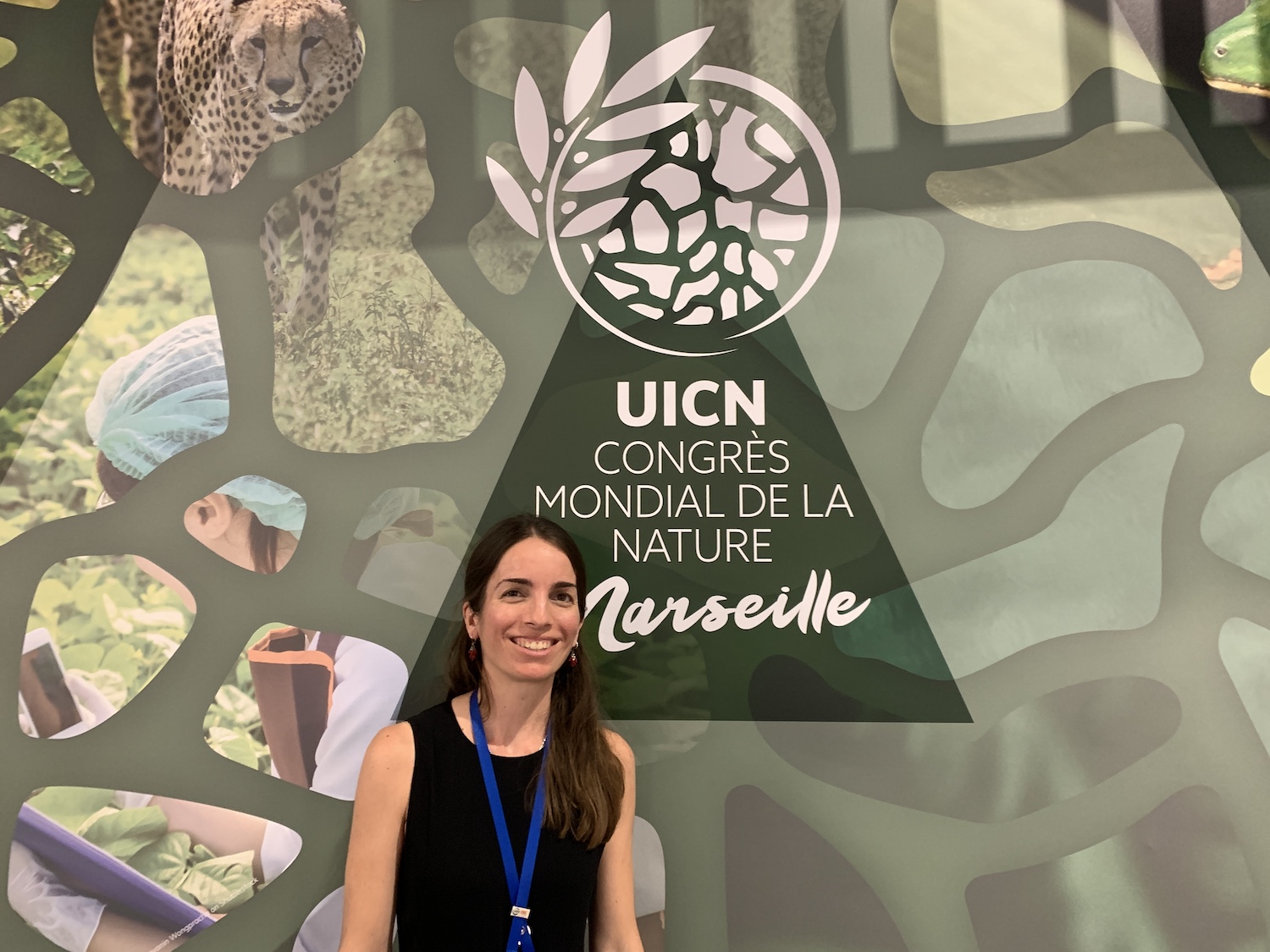
In the last ten years, I’ve become increasingly interested in the topic of nature connection – how spending time in natural environments is good for our health and can inspire us to act in pro-environmental ways. So of course, I decided to focus my thesis on this subject! As part of my research and in the process of finding an internship to comply with the program’s requirements, I became a member of the IUCN Commission on Education and Communication (CEC). This commission has an initiative which I find very interesting, called Nature For All. The whole idea behind it is to inspire people to connect and ‘fall in love’ with nature, as this will likely lead them to act to protect it. As part of my collaboration with this initiative, with support from the co-chair of the Nature For All initiative, Cheryl Charles, and Yose Cormier, I wrote a toolkit on how to connect with nature in cities with a forest bathing approach. The toolkit can be accessed here.
As a result of my contribution, I was fortunate enough to be invited to the IUCN World Conservation Congress in Marseille, from September 3 to September 10, 2021. I was part of the team that worked in the Nature For All pavilion, called “Youth Oasis”. I also participated as a speaker in the session “Connecting with Nature in Urban Environments” together with Luis Camargo, founder and director of OpEPA (Organización para la Educación y Protección Ambiental), Shreya Utkarsh, from ICLEI Europe, and Stefania Romano, from ICLEI Africa. During this session, I presented a few of my main research findings and gave advice on how to use a forest bathing approach to help us connect with nature in urban areas.
During the congress, I was able to attend fascinating sessions, panels and debates about sustainability topics. I was mostly interested in those dealing with climate policy, communication and the human connection to nature. Moreover, thanks to the IUCN Youth group, I had breakfast and an interesting conversation with the French Minister for Ecological Transition Barbara Pompili. I would like to highlight the Minister’s encouragement for young people to become involved in politics. As the Minister said, despite the fact that politics often don’t have the best reputation, they are a very powerful tool and arena for creating needed change.
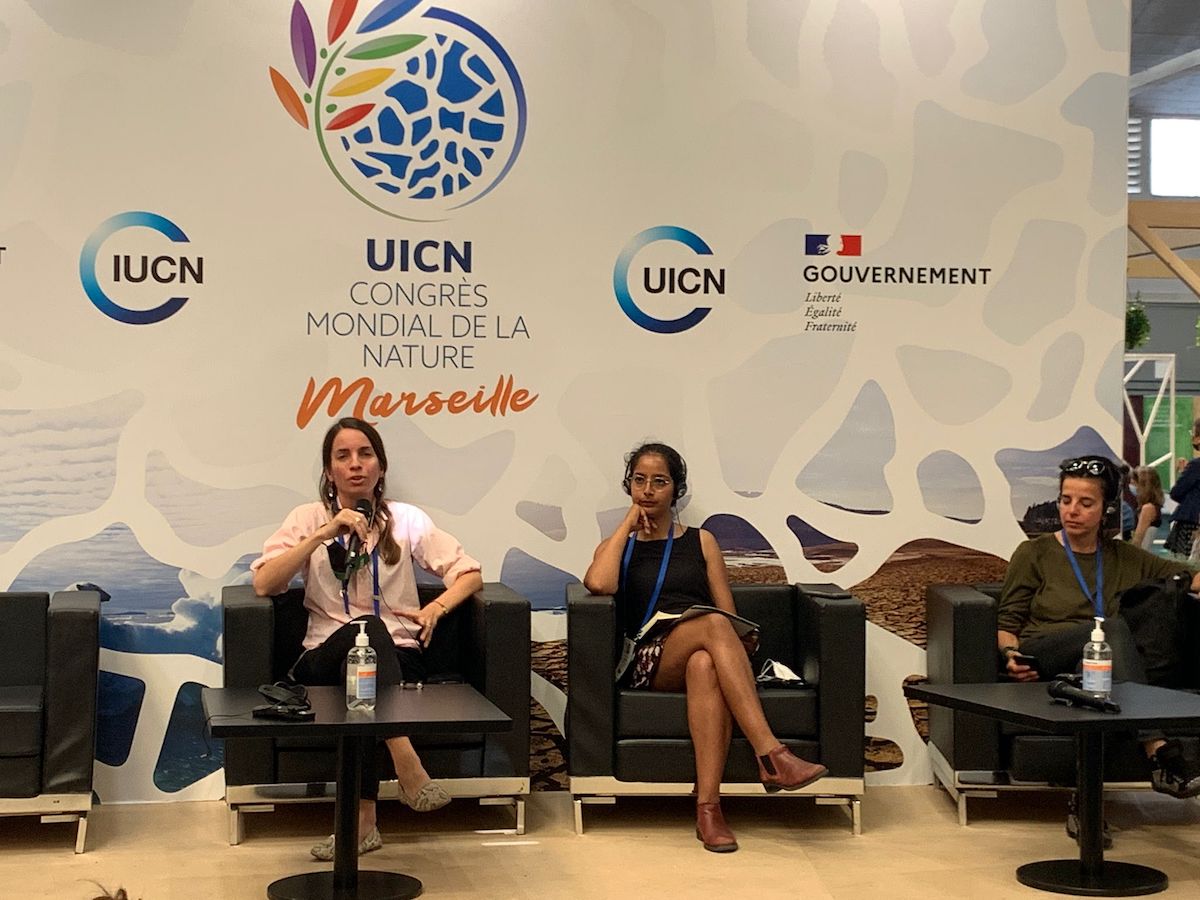
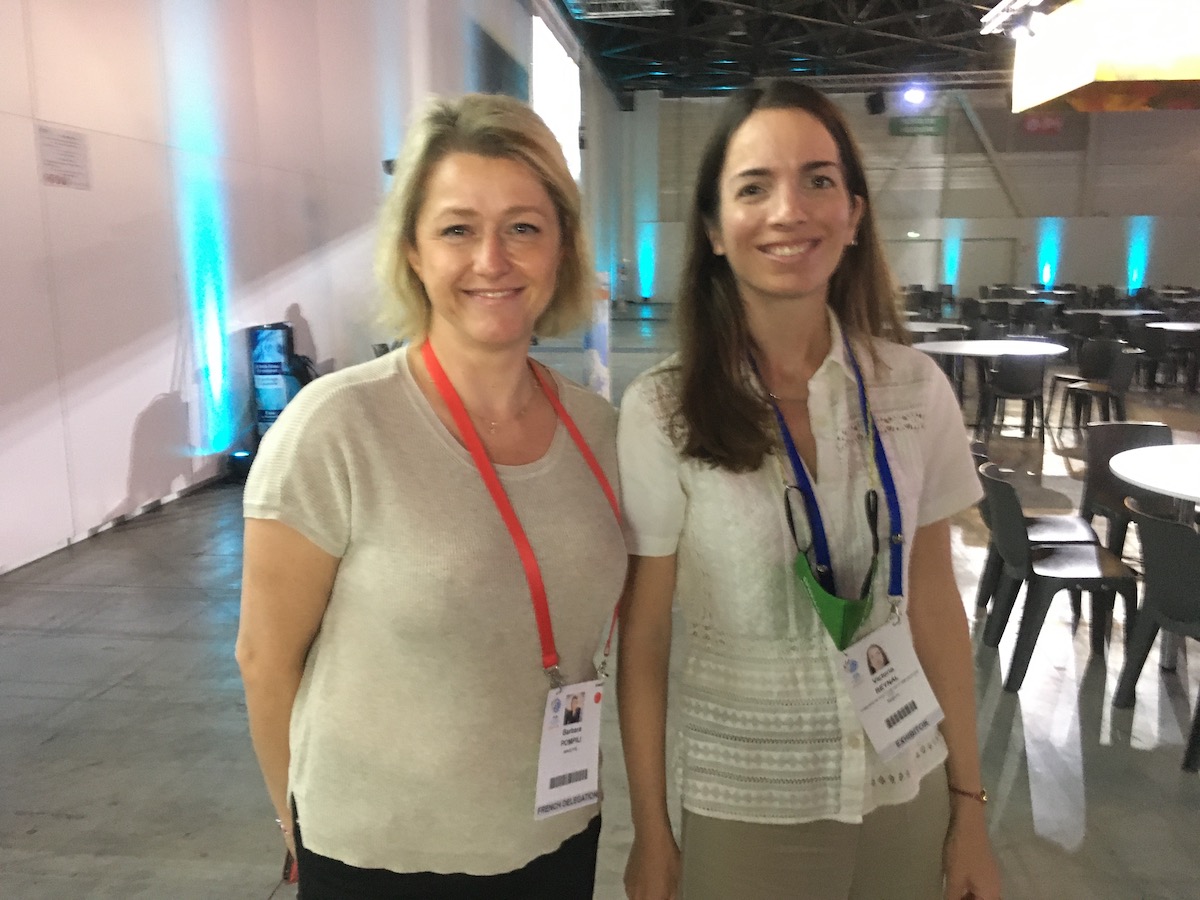
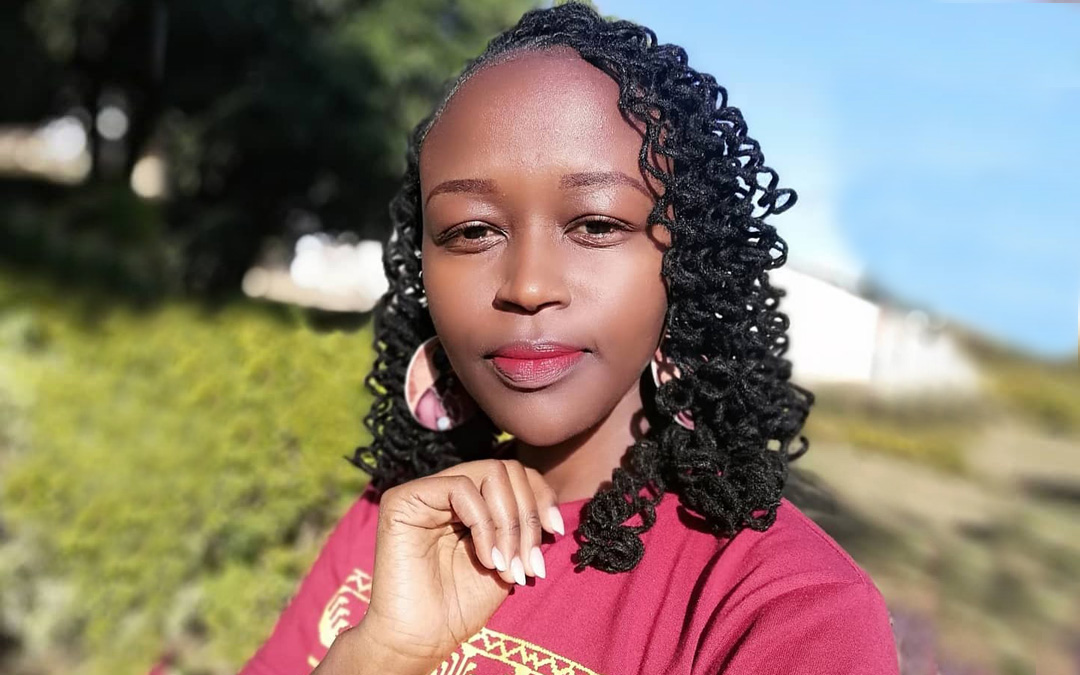
Cecilia Wangari Wambui, master student in Sustainable Development and VLIR-UOS scholar awarded with the MTAWA Outstanding Graduate Student Award 2021
It all began in July 2018, when one of my former undergraduate professors sent me a link from his Twitter account about a Graduate Career Workshop organized in one of the leading universities in Kenya. The host was the MTAWA foundation (Mentoring neTwork for African Women in Academia), which is an organization that establishes and builds networks for African women in academia in support of their academic and professional growth and success. They do this by convening groups of African female professionals, scholars, and students, to provide much-needed information, mentoring, and support. I was not a student then, yet I dared to join. During the introduction session, I remember it was odd for me since all the members present were either academic professionals, masters or PhD students. I took that as a challenge to work relentlessly towards achieving my goals and what I wanted in life. I followed up on the mentoring programs and later after the year 2019, I was able to enrol on a master’s program (Biotechnology at Kenyatta University, Kenya). This was parallel with applications for scholarships abroad as it was my dream to pursue my graduate studies in a more diverse environment. With constant application and determination, I secured funding by VLIR OUS for the International Master’s Program (ICP) in Sustainable Development (Ecology Track) << https://www.vliruos.be/en/scholarships >>. Through this opportunity, I have been able to acquire knowledge and skills in the current global change crisis, its impact on ecosystems and insights on sustainable development strategies to curb the challenges. My current research is on the evaluation of the knowledge, attitudes and practices regarding female genital schistosomiasis (FGS), a neglected gynecological disease, among communities in western DR Congo where the disease is highly endemic. The research is part of a wheel working towards preventing snail-borne diseases in selected endemic regions in Africa through the ATRAP project (Action Towards Reducing Aquatic snail-borne Parasitic diseases), coordinated by the Royal Museum for Central Africa.
My future vision is to be become an international research scientist in environmental health and global human wellbeing and be part of the practitioners and policymakers in areas of women empowerment, especially in Africa. Underprivileged communities, especially in the Global South, encounter poverty-related ailments due to various challenges that include a limited knowledge, negative attitudes and beliefs about these diseases, poor sanitation, and limited supply of safe water. I intend to be in the front line to motivate and advocate for individual behavioural change towards the improvement of societal resilience, reduced anthropogenic impacts on the environment that enhance disease re-emergence, for example, creating artificial water bodies that are breeding grounds for disease vectors like snails and mosquitos. I strongly believe that the right attitude and respect for the environment are fundamental for every person for a prosperous and healthy life.
I have discovered the importance of joining a mentorship group, and as the slogan “yes I can” by Barack Obama, taking up challenges is a courageous path and a great deal towards positive growth. I highly recommend and encourage my peers and anyone interested in broadening their perspective, gaining new skills and experience and learning from others to enrol in an academic program that prepares future leaders in sustainability matters <<https://susdev.eu>> and join a mentorship group like MTAWA <<https://mtawainc.org>>.
Cecilia Wangari Wambui,
MTAWA Outstanding Graduate Student Awardee 2021
Wangariwambui2018@gmail.com / wangari.wambui@student.kuleuven.be
Linkedin Wangari Wambui
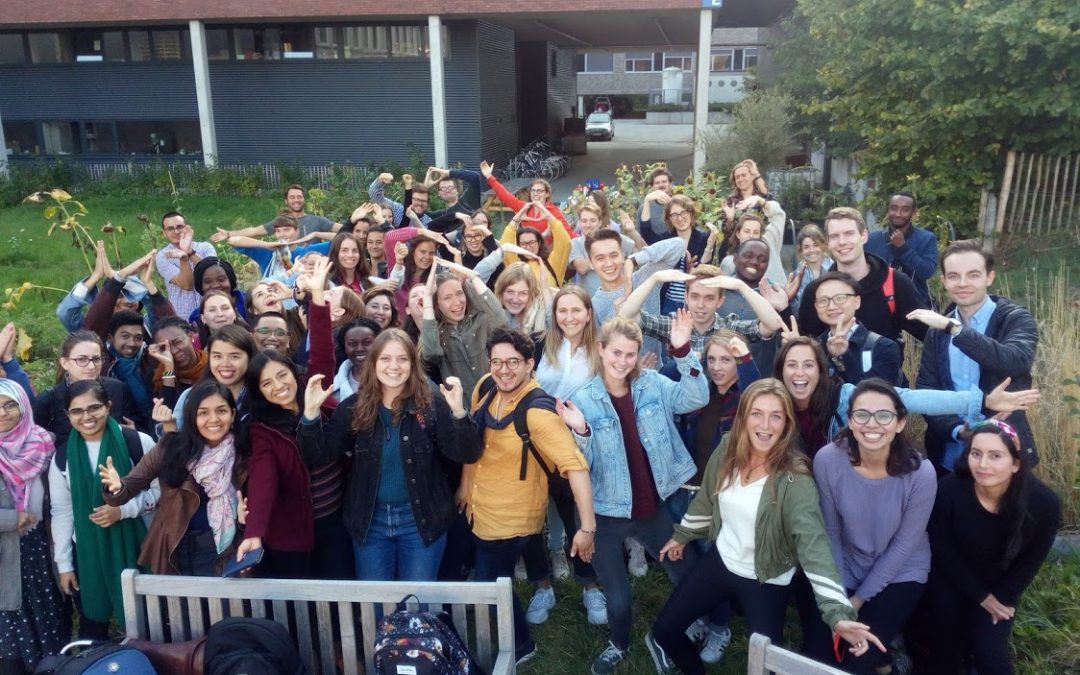
Interactive lecture night about having your own sustainable lifestyle
On the evening of Tuesday the 25th of February, 5 students of the ICP Master of Science in Sustainable Development organised an interactive lecture night about having your own sustainable lifestyle. They invited three speakers with three different backgrounds and therefore very different aspects of sustainability came to light with each speaker. The event attracted a large audience, of which most were students from very distinct backgrounds, but all with the same goal: gain new information on sustainability as a whole and how to improve their own lifestyle. The evening started with a brief introduction from Anne Desreveaux about sustainability and how these speakers are connected with this subject.
The first guest was the entrepreneur Pieterjan Verhaeghen. He is the CEO and co-founder of Bolt, a green energy company. This company wants to tackle the issue of green certificates in the energy sector. Most of the common energy distributors in Belgium give their customers the opportunity to have a so-called green energy contracts which guarantees them that they have green energy. However, these green energy contracts are often with green energy certificates bought in Iceland or Scandinavia. Almost all of their energy production is renewable and therefore these certificates are useless to them, but other companies can buy these certificates and sell this green energy in other countries. Therefore, the customers do not really have green energy but energy from non-renewable sources even though they have a green energy contract. Bolt wants to make the green energy contracts more transparent by providing customers the option to buy directly from green energy producers. Therefore, the consumers know who is providing their energy and can be certain that it is from renewable sources in Belgium. At first sight this topic looks quite far away for students as they mostly don’t deal with energy contracts. However, I found it interesting to know that some companies want to get rid of the loopholes in the system that often is misused by companies.
The second speaker was Soraya Candido, a biologist who is currently work as a lobbyist for “Bond Beter Leefmilieu” and who is also a researcher for the Antwerp Management school. She pointed out the importance of nature and biodiversity and why it is underestimated. According to Soraya, companies could play an important role in the transition towards a sustainable future. The first important step that needs to be taken is the transition to a circular economy whereby waste is recycled to new products. Honest communication about their efforts for sustainability is another important aspect that companies should keep in mind so consumers can take a conscious decision of what they buy. It was fascinating to see how relevant the theories that we see in the Master in Sustainable Development like the circular economy. Moreover, I realised how diverse the job opportunities are for my master.
Finally, it was time for Britt Buseyne to take the stage. She is an experience expert on living sustainable and sharing her journey to live more sustainable in a blog and via Instagram. The audience got to know what the most impactful changes they could do in their everyday life, for example how leaving beef has a much bigger impact than using a reusable bag when you go to the supermarket. This was one of the speakers I was looking forward to because she would talk about what we could do our self. This lecture helped me to distinguish between more between the important and less important actions that could be done in our personal life.
As the short summary suggest this was a very interesting evening that merged different aspects of a sustainable life. It was useful to hear what companies are doing to be more sustainable and how you can distinguish the companies really care about it and ones who only want to rise their profit. Even though not everything that was discussed was as relevant for student, it stayed intriguing and let you think further. However, thanks to Britt there were some tips that students could do in their everyday life which already makes quite a difference. After these lectures it was time for a cold drink at the reception and discus a bit further about sustainability with the other attendees.
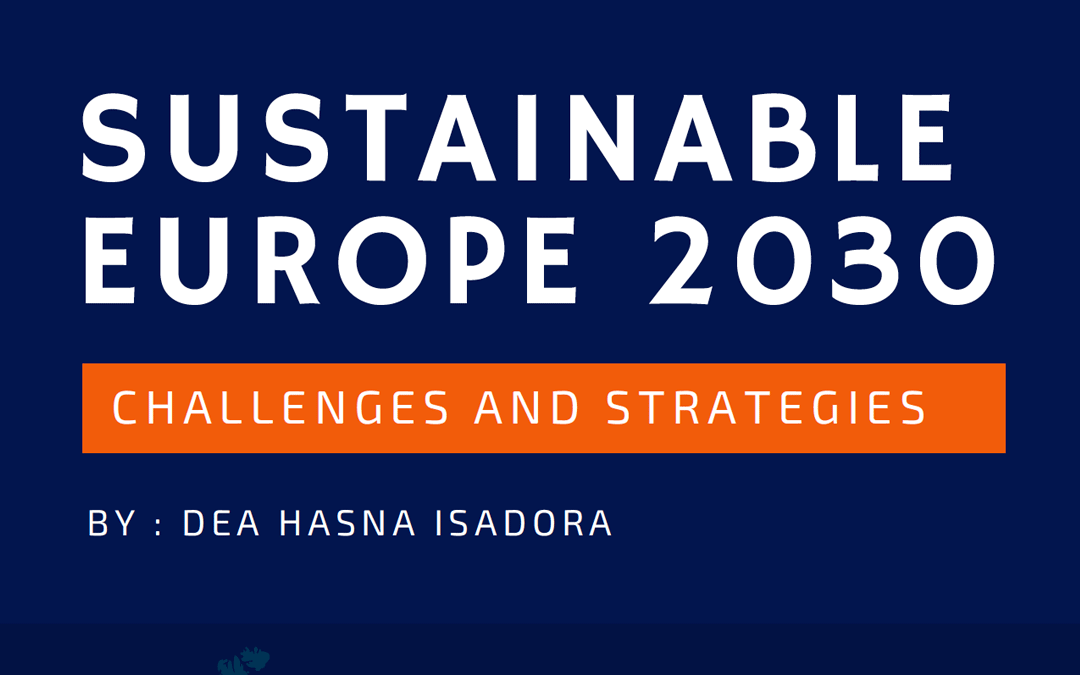
Sustainable Europe 2030
By : Dea Hasna Isadora
The UN 2030 agenda with 17 SGDs is a roadmap to a peaceful and prosperous world, and Europe is leading in the effort of achieving the goals. Therefore it is important to discuss the challenges and the strategies that Europe has to deliver the SDGs in 2030.
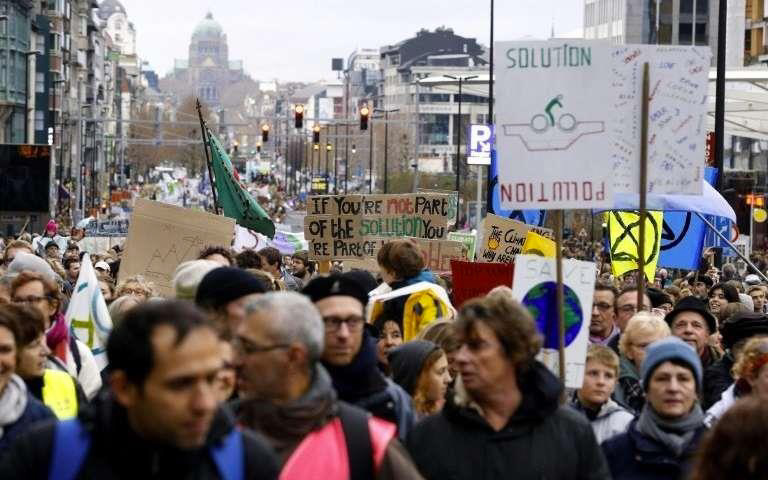
Opinion piece: ‘global change, social justice and climate strikes’
“You cannot be pro-environment on Monday and against raising fuel costs on Tuesday” I remember Emmanuel Macron disdainfully saying during one of his speeches in December, in the full eye of the ‘yellow jackets’ storm. However, that is exactly what we should be doing, as it is all part of the same battle. The battle for article 23 of the Belgian constitution; “Everybody has the right to live a dignified life”. Mobilizations and strikes are organised around the country and even world to do just that, fight for an integral and structural reformation where the strongest shoulders will have to carry the biggest burden. Because, as Dirk Holemans wrote (DM, 26/11): “Climate policy will either be social and just, or it won’t.”
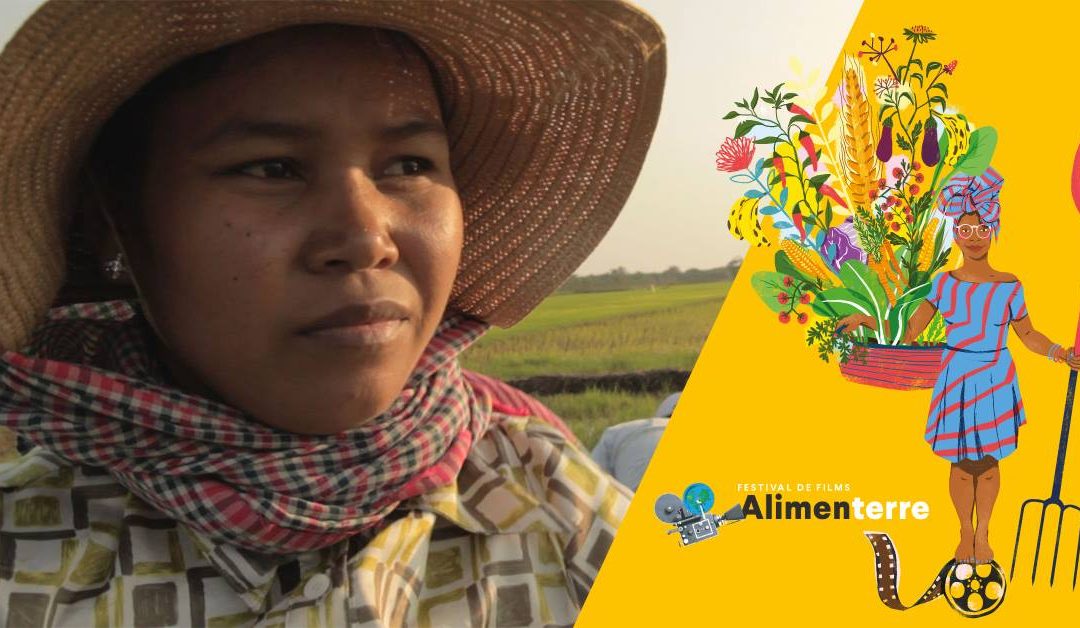
Silent land, the fight for fair food: a film review
Silent Land: The Fight for Fair Food, is a documentary film set in Cambodia directed by Jan van den Berg. His films often concern human rights, diverse cultures and the struggles faced with regard to society and the environment. In this film he attempts to illustrate the much needed discussion on how we will be able to feed the world with the ever growing human population. For four years he followed the life of a local woman Moon, and her efforts to secure and set up successful small-scale organic farming. In the same time he also followed how ‘His Excellency’ Mong Reththy, a wealthy businessman in the area, envisions his way of achieving efficient large scale agricultural production.
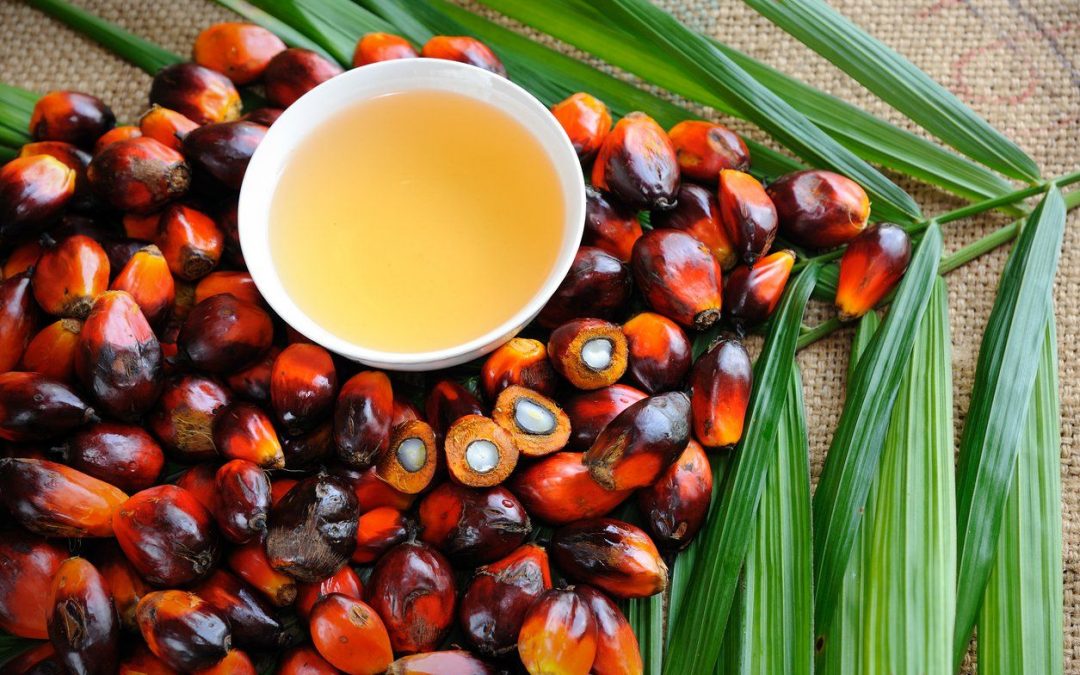
Story map with the aim to raise awareness about the oil palm in Peru
Story map with the aim to raise awareness about the oil palm expansion over tropical forests, especially in Peru.
Internships / Master Theses
Non ergo erunt homines deliciis diffluentes audiendi, si quando de amicitia, quam nec usu nec ratione habent cognitam, disputabunt. Nam quis est, pro deorum fidem atque hominum! qui velit, ut neque diligat quemquam nec ipse ab ullo diligatur, circumfluere omnibus copiis atque in omnium rerum abundantia vivere? Haec enim est tyrannorum vita nimirum, in qua nulla fides, nulla caritas, nulla stabilis benevolentiae potest esse fiducia, omnia semper suspecta atque sollicita, nullus locus amicitiae.
Alii summum decus in carruchis solito altioribus et ambitioso vestium cultu ponentes sudant sub ponderibus lacernarum, quas in collis insertas cingulis ipsis adnectunt nimia subtegminum tenuitate perflabiles, expandentes eas crebris agitationibus maximeque sinistra, ut longiores fimbriae tunicaeque perspicue luceant varietate liciorum effigiatae in species animalium multiformes.
Vita est illis semper in fuga uxoresque mercenariae conductae ad tempus ex pacto atque, ut sit species matrimonii, dotis nomine futura coniunx hastam et tabernaculum offert marito, post statum diem si id elegerit discessura, et incredibile est quo ardore apud eos in venerem uterque solvitur sexus.

